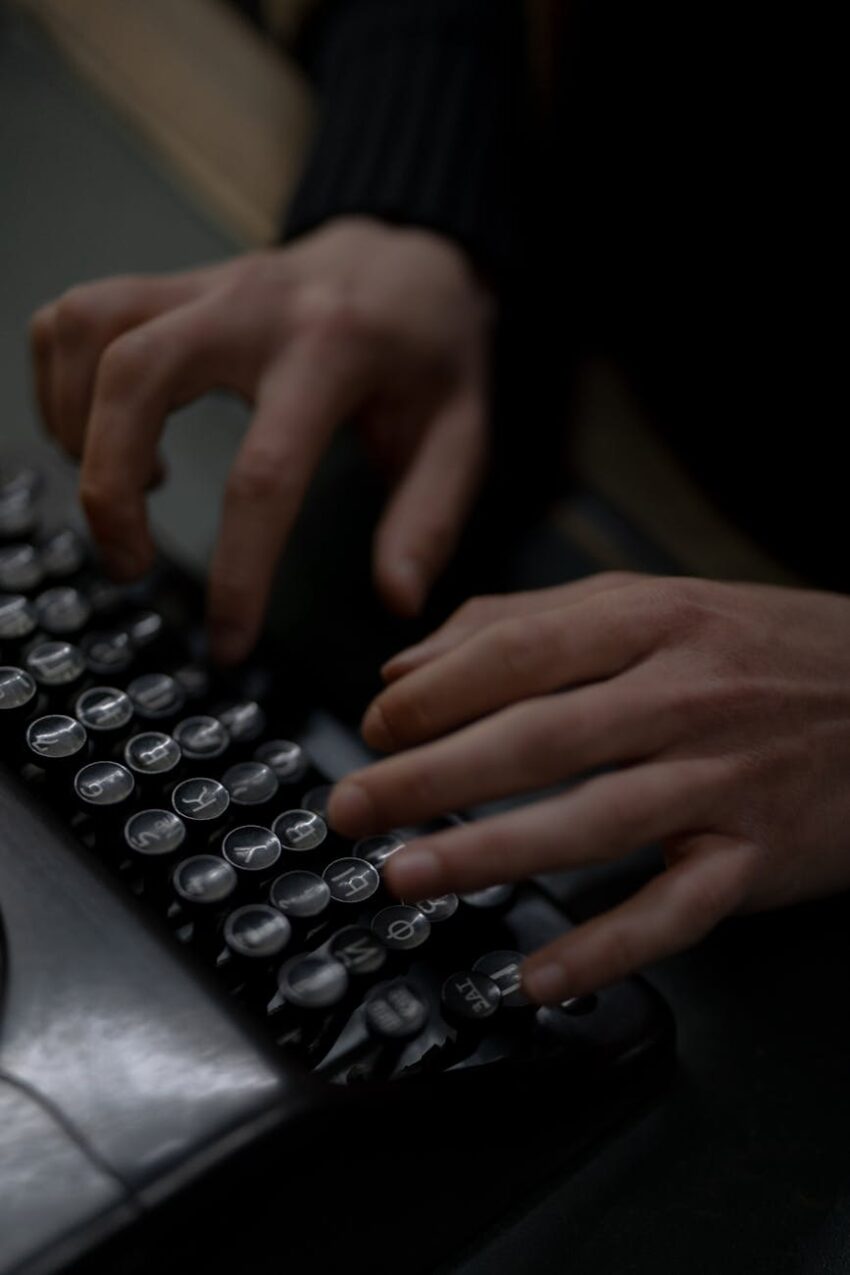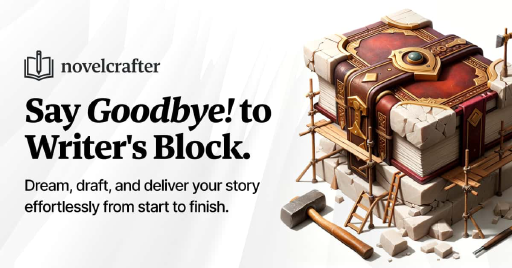Introduction to Historical Fiction Writing
Defining Historical Fiction
Historical fiction mixes real happenings from the past with a good ol’ dose of imagination. It’s your ticket to traipse through different ages and places, meeting folks who lived through the ups and downs of history. The magic of this genre lies in its ability to transport readers—not just painting old-timey pictures but letting them feel emotions and understand lives that are both far away and somehow incredibly close to home.
While historical fiction can journey to ancient or not-so-distant times, the trick is juggling truth and creativity. You want your setting and folks to ring true, but you’ve got to lace it with enough heart to pull readers in.
Why Write Historical Fiction
Diving into historical fiction isn’t just a creative escape, it packs a punch for boosting your snaggle writing chops too. Here’s why you might wanna dip your quill in this well:
| Benefits of Writing Historical Fiction | Description |
|---|---|
| Understanding Context | Digging into the past for your story makes you smarter about the world back then, adding depth to your tales. |
| Creativity | Mixing the fax with the fiction lets your brain wander, bringing impressive people and epochs to life. |
| Connection with Readers | History buffs get a kick out of stories that tease curiosity about what went down before their time. |
| Diverse Perspectives | Toss in some overlooked voices and viewpoints; give your readers fresh angles on old stories. |
| Personal Growth | Getting knee-deep in research and crafting believable characters shapes you up as a wordsmith. |
Tackling historical fiction doesn’t just entertain—it preserves slices of human history and the emotions that weave through it all. Wanna sharpen your storytelling game? Check out our pointers at beginner writing tips and elevate your craft over at improve writing skills.
Researching for Authenticity
Jumping into historical fiction? It’s all about soaking up the past. Dig into the era you want to bring to life—that’s the secret sauce that makes your story pop with realism and keep readers hooked.
Importance of Thorough Research
No doubts here: research is the heart and soul of historical fiction. You want your version of history to be so believable that readers feel like they’re thumb-wrestling with the past. Good research means you get the right details on history, society, and culture to paint an accurate picture.
Here’s what you’ll want to dig into:
| Aspect | Why It Matters |
|---|---|
| Historical Events | Ground your tale in real life. |
| Social Norms | Give depth to what characters say and do. |
| Language & Dialogue | Pull readers into the story world. |
| Daily Life Practices | Make characters and settings feel lived-in. |
Spotting ananachronistic goofs (like your 1800s character using a smartphone) will throw folks off. Doing your homework means you can slip in those lesser-known facts and figures to juice up your story. Need more on filling your tale with detail? Check out strategies for creating believable settings and writing true-to-life dialogue.
Sources for Historical Accuracy
Getting your facts straight means finding the right sources. Here’s where to start your info-hunt:
| Resource Type | Best Bets |
|---|---|
| Books | Try biographies, history books, and journals. |
| Online Databases | Look up Google Scholar, Project Gutenberg, and digital archives. |
| Documentaries | Find films spotlighting specific times or notable figures. |
| Museums & Archives | Dip into letters, photos, and artifacts. |
| Interviews | Chat with historians or experts you can trust. |
Mixing different sources helps piece together a vivid and dynamic story world. Reliable research builds reader trust, so they can easily visualize the past through your writing. For those just starting out, take a gander at beginner writing tips that’ll streamline turning your findings into page-turners.
 What Poetry Feels Like
What Poetry Feels LikeShow your enthusiasm for research, and it’ll shine through in your pages. For hands-on practice bringing your discoveries to life, browse some creative writing exercises.
Developing Engaging Characters
Getting readers hooked on historical fiction rests heavily on crafting characters worth remembering. You’re gonna need to keep your characters real for their era while still making them click with folks today.
Balancing Authenticity and Relatability
The tricky part with historical peeps is making them feel right for their time and yet not alien to us modern-day dwellers. Here’s how you can hit that sweet spot:
| Aspect | Tips |
|---|---|
| Language | Sprinkle in the lingo of the time, but don’t turn the dialogue into a cryptic puzzle. Toss in a few cool sayings from back then to keep it real. |
| Values and Beliefs | Have your characters echo the values of their time, like who gets to do what or what’s considered proper. But let’s be honest, everyone across the ages has felt love, anger, hope—bring these out, too. |
| Motivations | Keep their goals rooted in their historical backdrop. But don’t shy away from the eternal stuff like love stories, quests for power, or getting even. |
Following this recipe, you’ll cook up characters that not only attract today’s readers but also feel like they belong back in the day. To go deeper, our guide on how to create realistic characters can lend a hand.
Incorporating Historical Context
We can’t ignore the backdrop—it’s like the secret sauce in developing your characters. Here’s how you pull it off:
| Strategy | What to Do |
|---|---|
| Deep Research | Get familiar with the era’s vibes—think social norms, politics, cash flow, all that jazz. This steers your characters’ actions and chats. Pool info from heaps of sources to paint the full picture. Our beginner writing tips can start you off right. |
| Cultural Influences | Don’t forget the world your characters live in—what they wear, eat, and talk about on a slow afternoon can add layers and make them jump off the page. |
| Historical Events | Let the history books add drama to your plot. Big happenings should shake your characters up and drive their personal sagas. Get our take on weaving history into your storyline in how to create a compelling plot. |
When you blend history deftly into your character’s lives, your story will breathe authenticity and pull readers into the heart of your narrative. These tactics will ground your characters in the real nitty-gritty of history and keep them compelling.
Crafting Lively Settings
Bringing a setting to life is like giving your historical fiction a heartbeat. By zipping your audience back in time, you allow them to sink into the narrative and its characters more deeply.
Journeying Back in Time
To haul your readers to a different era, drown them in juicy historical details. Think about these when sketching your setting:
| Setting Element | What’s the Deal? |
|---|---|
| Location | Paint a picture of the geography and culture of the time. Toss in landmarks, building styles, and natural features. |
| Time Period | Nail down the timeline using nods to events, clothing styles, and daily life scenes. |
| Sensory Details | Get those senses tingling with sounds, scents, and feels that scream that era. |
| Language | Slip in that old-timey lingo that matches how folks spoke back then. |
Using these tricks can make readers feel like they’ve hopped into your story’s era without even touching a time machine.
Balancing Descriptions with Plot
Sure, laying out detailed settings is key, but don’t drown your story in them. Too much info can slow things down. Let’s keep it snappy:
| Tip | What’s the Lowdown? |
|---|---|
| Weave Descriptions | Tie setting details into the story action or chats, letting readers soak them in smoothly. |
| Stick to Key Points | Zero in on setting bits that push the story or characters forward. |
| Keep It Tight | Be brief with those descriptions—pick punchy, vivid words that paint a clear picture without a ton of fluff. |
| Show, Don’t Just Tell | Bring the setting alive through events and interactions rather than just plain stating it. |
By melding your scene setting with your storyline, you’re crafting a lively stage that boosts your characters and plot. Want more cool writing nuggets? Check out our stash of writing tips for beginners or dive into fun writing exercises to flex your writing muscles.
Spinning an Engaging Yarn
Crafting a captivating tale in historical fiction takes a healthy dose of fact, mixed with a dash of make-believe. The trick? Honing your ability to take real-life events and blend them with a story that’ll have folks flipping pages faster than a TikTok scroll.
Sprinkling in Some Real History
Leveraging history not only adds flavor to your story but makes it feel genuine. Start by digging into the era you’ve chosen and pick out events that hit home for your characters and bigger themes. This will root your story in reality and give characters plenty of room to grow and stretch.
| History in Action | Character Drama Unleashed |
|---|---|
| Big WWII moments | Themes of bravery, courage, and heartache |
| Great Depression woes | Battling poverty, dreams, and making ends meet |
| Civil Rights tension | Fighting for fairness, change, and one’s voice |
Get creative and think about how these impactful moments can kick off your plot or guide what your characters choose to do. Maybe they’ll be caught right in the thick of things or wrestling with the fallout. Either way, it’s gonna pull your readers in, letting them feel part of both the times and the tale.
Juggling Truth and Tall Tales
History’s important, for sure, but you need wiggle room to keep things juicy. Invent some new folks and twists to add layers and keep things lively. Your characters might brush shoulders with historical icons or face down their own dilemmas amidst big-time historical happenings.
To keep everything ticking along smoothly, just make sure your story fabric stretches without tearing historical truths apart. Find the sweet spot where your narrative respects real-world history while giving it a friendly nudge to fit your plot.
| Element of the Tale | What Stays Real | Where You Get Creative |
|---|---|---|
| Character Mojo | Inspired by actual people | Brand-new folks shaped by history |
| The Scene | Real places and vibes | Detailed touches to enhance the experience |
| What Goes Down | True-life happenings | Imagined responses or choices |
Work your magic to blend history with fiction, and watch your story take on a life of its own. Dive into more tips and tricks with our piece on how to shape a gripping plot. At the end of the day, you’re writing to shed light and delight; that perfect mix of historical fact and fiction can be your secret sauce in crafting a successful piece of historical fiction.
Editing and Polishing Your Work
Getting your writing just right is super important, especially when you’re crafting a tale set in times gone by. It makes sure your story is as clear as a bell, holds the reader’s attention, and paints a picture true to the era you’re showing off.
Why You Gotta Edit Historical Fiction
Editing isn’t just fiddling with commas; it’s where the magic happens. For historical fiction, it’s your chance to make sure everything’s on point. You’re talking accuracy and making sure your characters act the part. Here’s why giving your work the polish it deserves is a must:
| Why Edit | What It Does For You |
|---|---|
| Make it Clear | Edits tidy up your writing, so folks get the historical vibe straight away. |
| Stay Consistent | Check those timelines and character quirks so they don’t chop and change unexpectedly. |
| Keep it Moving | Edits keep your story cruising along, so no one gets bored. |
| Keep it Real | Avoid those awkward historical mess-ups that can pull a reader right out of the moment. |
Need more editing hacks? Check our article on tips for editing your book.
Getting Feedback and Using Beta Readers
Once you’ve gone through that first round of tweaking, it’s time to see what folks think. Getting opinions from folks who know their stuff can be a total game-changer. Here’s how to make the most of their thoughts:
| What to Do | Why It Matters |
|---|---|
| Pick Your People | Find readers who dig historical stories. They get what you’re aiming for. |
| Ask the Right Stuff | Give your readers specific things to look out for, like if the characters come off as real or if the history checks out. |
| Take Critique | Be open to their notes—it’s all about making your story the best it can be. |
Hearing from beta readers can highlight stuff you’ve missed and make your story even tighter before it hits the shelves. Their feedback is gold! If you’re looking to boost your writing mojo, be sure to check out articles like how to write better stories and writing advice for new authors.
By zeroing in on edits and taking feedback to heart, you’re setting yourself up for success. Readers who love a dive into history will thank you for it.


 Grab my poetry book, 'we're all just wanderers in the end' Here
Grab my poetry book, 'we're all just wanderers in the end' Here AD: Your Book Finally Written...
AD: Your Book Finally Written...